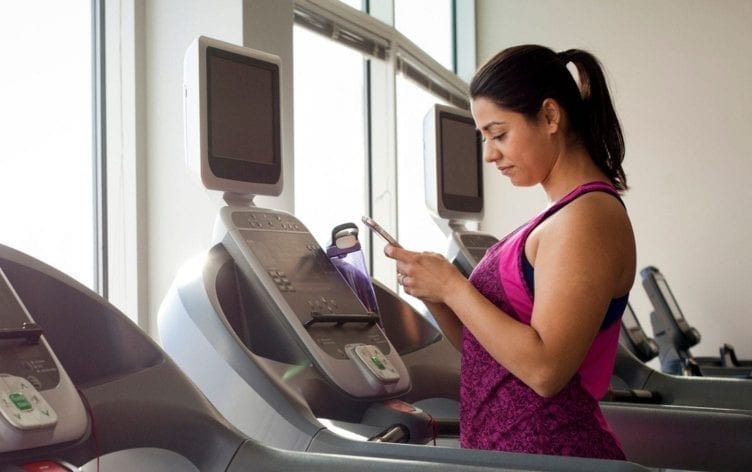
If your goal as a runner is to lose weight, your training may look different than if you were training specifically for a marathon or a 5K. You don’t want to finish workouts feeling completely depleted or like you need to hit the fridge for a post-run meal, you want to remain active for the rest of the day, maybe sneaking a walk, yoga or a quick strength-training session on top of your run.
You can also tweak your running to prioritize fat loss with each workout. Ultimately, the three types of running that best benefit new, recreational and serious runners all share one component: They’re going to force your body to adapt to pushing just a little bit beyond your normal workouts.
Here’s what you need to know about harnessing each type of running for optimum weight-loss results, and which runs to ditch if optimizing your body composition is your goal:
NEW RUNNERS
New runners often struggle to find a rhythm on the run, and as a result, they end up quitting before their bodies have even begun to adapt to running, heading home after only a couple of minutes. Or, if you’ve been a runner in the past, you might come back to it at a slow jog that feels like you’re barely moving faster than your normal walking pace, and find yourself frustrated.
Try a Run/Walk Program: If you begin with a run/walk program, you’ll get in more overall time exercising, increasing your caloric burn while decreasing your risk of diabetes and heart disease.
You can start with whatever interval of running and walking feels right for you. Maybe it’s 2 minutes of walking followed by 15 seconds of running repeated for 30 minutes. Or maybe it’s running for a minute, walking for a minute. While this may not feel like an intense workout, the bouts of running serve as high-intensity efforts — and short bursts of high-intensity interval training have been shown to promote fat loss.
Skip Sprinting: New runners have the tendency to head out too hard, too fast in the pursuit of burning calories, but sprinting or doing really hard runs before you’re ready is a fast way to end up too sore to run the next day, or even injured and unable to train for weeks. The run-walk lets you get more work in, while sprinting out the door guarantees you’ll be slowing to a stop within a minute or two.
RECREATIONAL RUNNERS
Once you’ve established a running habit, you’ll graduate from ‘run/walk’ intervals to ‘run/run faster’ intervals as you become fitter and more efficient.
Try HIIT: Research has shown that high-intensity interval training (HIIT) can improve fat loss from exercise by 28% and regulate your blood sugar, so swap your regular 5-miler for an interval session, whether it’s a few Fartlek sprints sprinkled in during your standard run or a set of five 2-minute hard efforts with 2 minutes of recovery between. You don’t need to overcomplicate your intervals to make them effective for weight loss. (Bonus: High-intensity interval training also helps you and your cells age more gracefully, according to one study!)
Skip that ‘in-between’ run: You know the one — those 45-minute runs you do most days that are kind of easy, kind of hard, just hovering in the middle of your effort levels. These runs aren’t as efficient for increasing metabolism and upping your fat burn as intervals will be, yet they still leave you tired and likely hungry post-run.
FOR VETERAN RUNNERS
You don’t need to add another long run to your week to start getting more scale-based results on the run.
Try a Short, Fasted Morning Run: Adding a short, easy run in the morning ahead of breakfast might be all your body needs to shift to more efficient fat-burning mode that keeps your metabolism revved throughout the day. In one study, a short workout before breakfast led to improvements in the participants’ ability to regulate blood sugar, and their fat-burning during the workout was double that of the control group. Another study confirmed that, despite the early morning exercise, runners’ appetites throughout the day didn’t increase, but fat burn did. It doesn’t take much: Head out for an easy 15–20 minute run before coming home to eat a balanced breakfast. (If you’re low on time to train, you can even shorten your afternoon workout to carve out room for this early effort.)
Skip Long, Slow Distances: Sure, you need these runs to make progress toward your training goals, but if you’re in a current weight-loss phase where improving body composition is your primary goal, skip these longer efforts that tend to leave you hungrier afterward in favor of a fasted run in the morning and a shorter, harder interval session later in the day.
Make progress on nutrition and fitness goals with our “Plans” feature in the MyFitnessPal app for daily coaching and easy-to-follow tasks.



